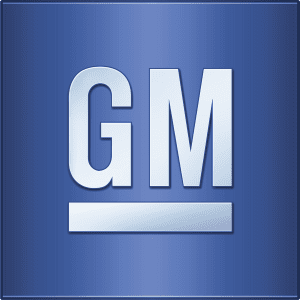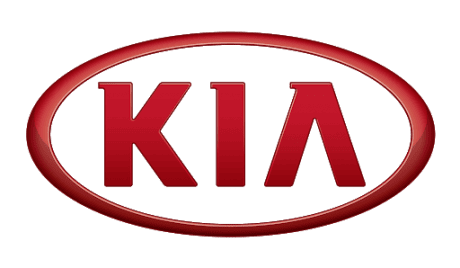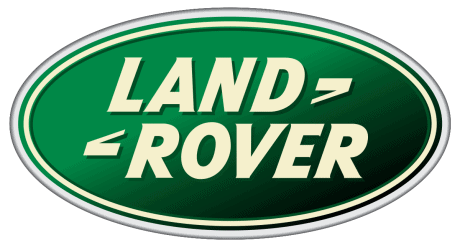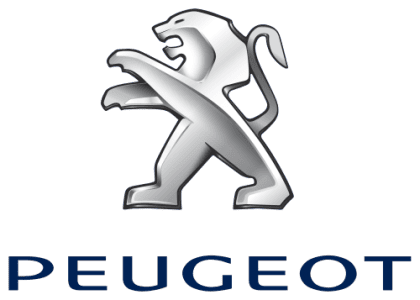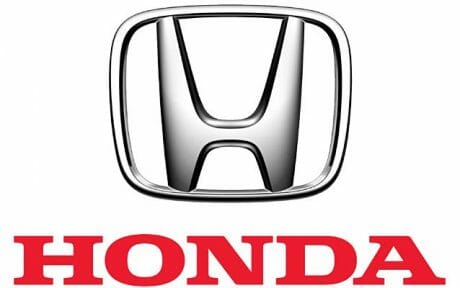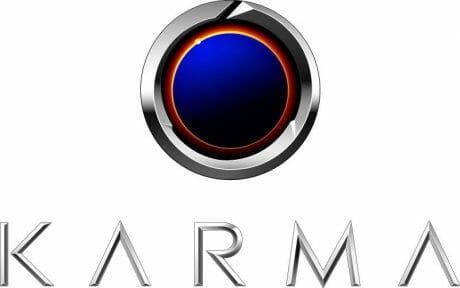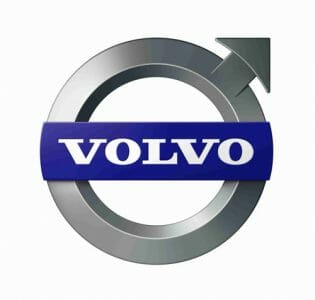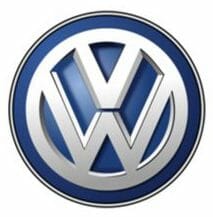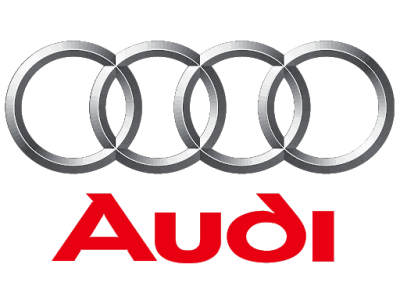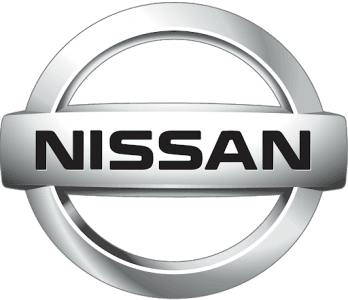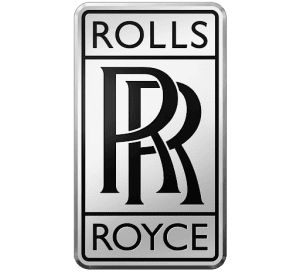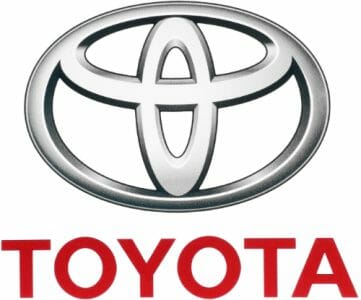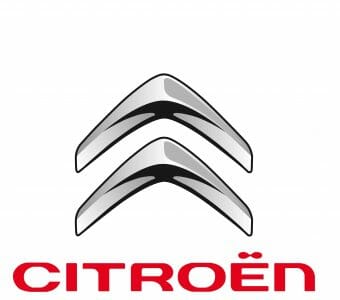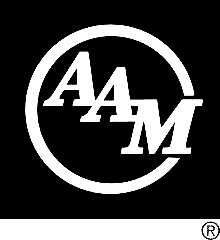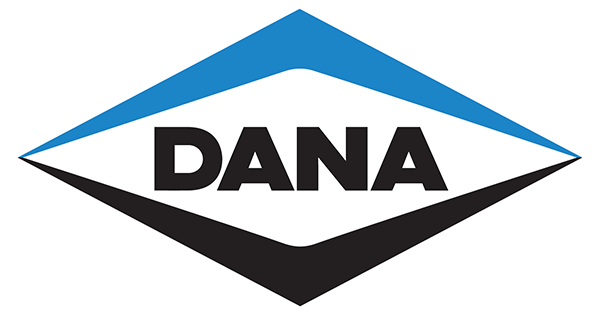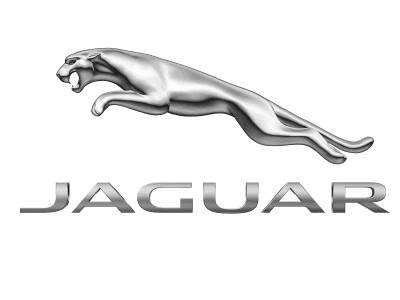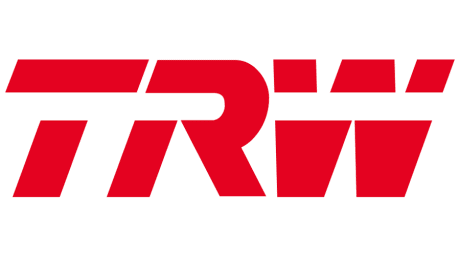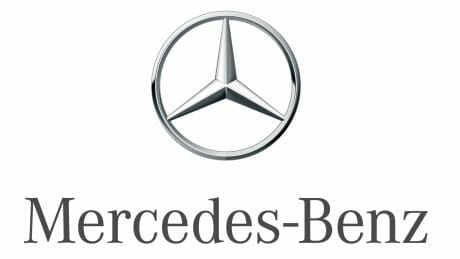

One partner across your entire product lifecycle
For 70 years, Burke Porter has led the automotive industry with best in class testing and automation products, helping OEM’s and Tier 1 providers ensure that their customers are safe and secure.
Today, with the power of Ascential Technologies, we’re bringing even more resources to bear, leaning in on technology and data, and opening new markets so that we continue to be your strategic partner for the next 70 years.
Unlocking next-gen performance
With the rise of electric and autonomous vehicles, and amid increasingly intense regulatory scrutiny, automotive companies know that safety and performance are more critical than ever. That’s why established titans of transportation and disruptive innovators alike count on Burke Porter to tackle their most complex challenges.
Proven Reliability
Backed by the industry’s deepest experience and practical know-how, Burke Porter delivers best-in-class products and services that reliably perform for decades. And, once they’re up and running, we continue to support those installations through the entire lifecycle of a project – from conception to eventual advancement.
Speed and Accuracy
Speed and accuracy are essential to the safety and performance of your organization. Most partners can’t deliver, let alone improve upon, both. Burke Porter can and does, providing advanced technologies and dedicated, responsive service.
Proven Track Record
Burke Porter partners with the most significant names in vehicle manufacturing. Our long history of supporting OEMs and top-tier companies has given us a first-hand understanding of what it means when someone says, “I simply cannot have downtime!” Today, our technologies are responsible for 400+ tests that ensure over 40 million vehicles per year are safe to drive.
Continuous Innovation
Burke Porter's legacy of innovation is virtually unmatched – from the very first roll-brake machines in 1953 to today’s cutting-edge alignment, propulsion, emissions and automated driver assistance systems (ADAS). The reason why is simple: our experts continually raise the bar for hardware, software and emerging technologies that create value for our customers.
End-to-End Support
We have 41 locations world-wide providing end-to-end product lifecycle support from early conception, to scaled manufacturing, and on-going service including spare parts, field service, and modifications and upgrades. With local expert presence worldwide, Burke Porter ensures that your innovations sustainably perform and continually improve.
Risk Mitigation
We have the global and local regulatory expertise to assure compliance and performance to the highest safety and emissions standards, reducing risk and helping you get products to market faster.
Global Reach
With 40+ locations globally, our experts can be on the ground, working shoulder to shoulder with yours, virtually anywhere you need us to be. Our customers know they can call any time of day, receive a response within minutes, and have our experts on location within 24 hours.
Trusted by leading brands
Solutions for today’s most complex transportation challenges
From the lab to the assembly line to aftermarket, Burke Porter’s comprehensive, industry-leading services drive efficiency, safety, and sustainability, helping our customers shape the future of transportation.
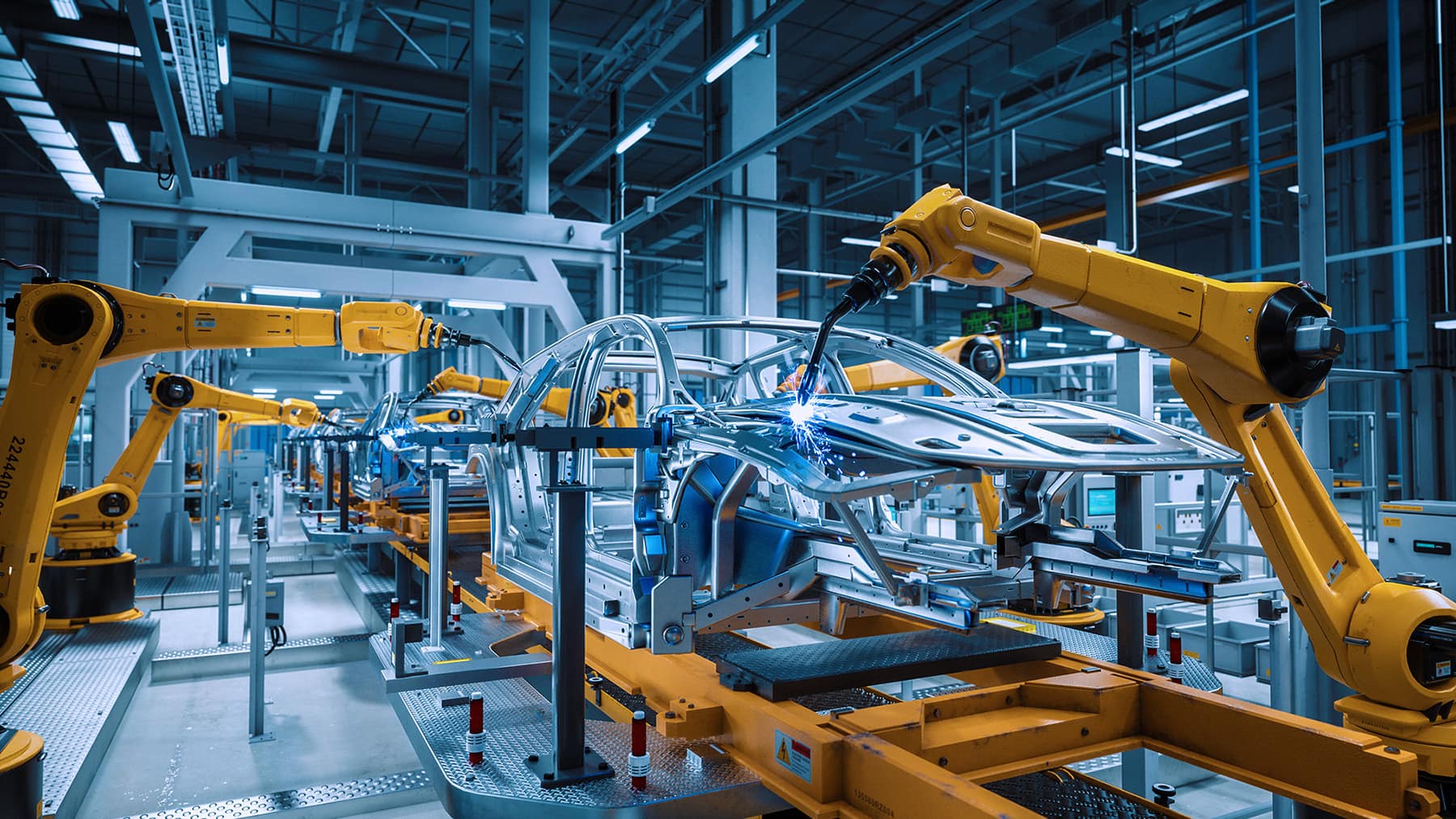
OBD Consulting
Burke Porter streamlines the emissions and On-Board Diagnostics (OBD) certification processes for customers globally. No one matches our experience or global expertise in meeting international regulatory requirements for combustion, electric and hybrid technologies in automobiles, motorcycles and heavy industrial vehicles.
Learn More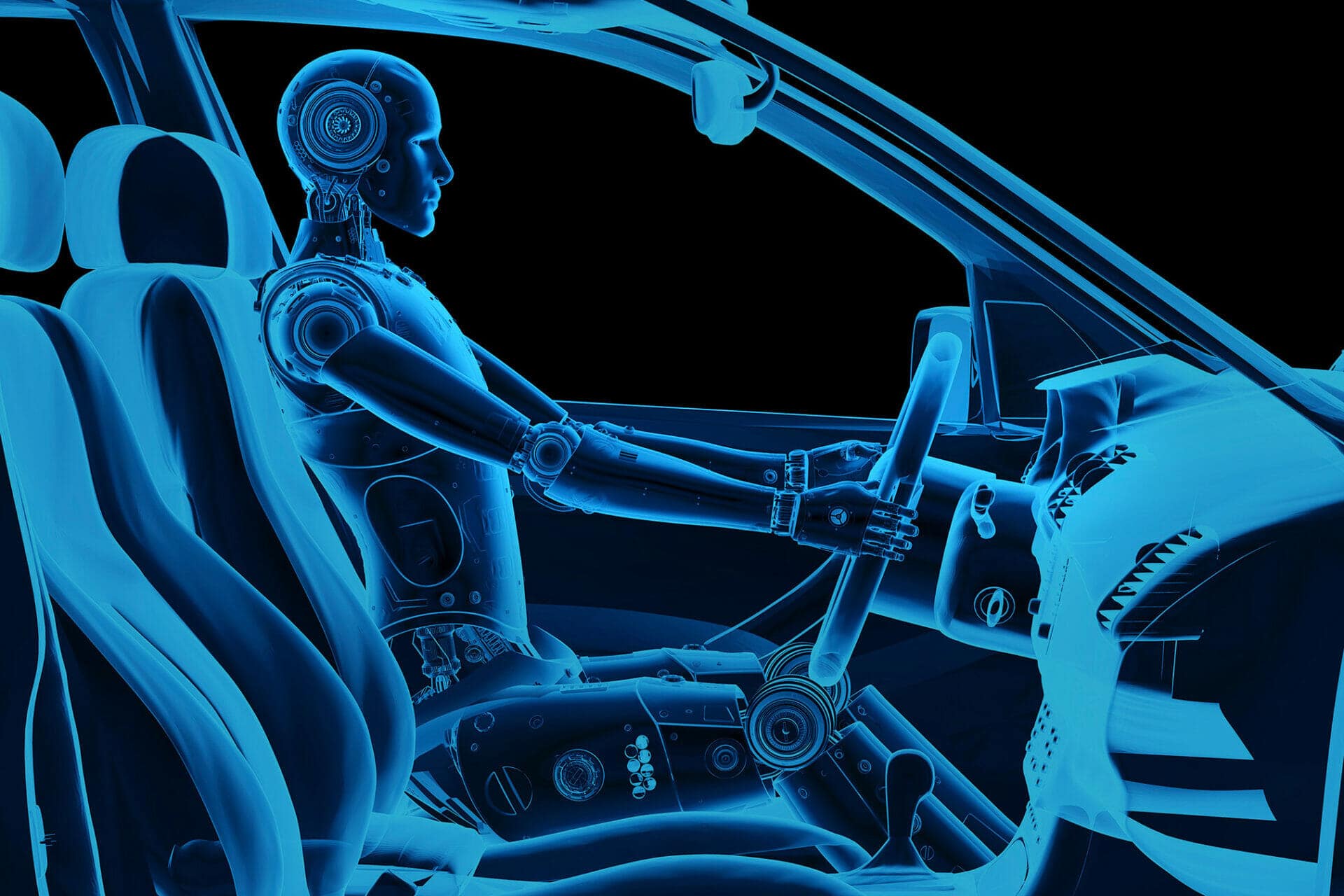
Laboratory Products
Burke Porter are the undisputed laboratory testing leaders. We’ve designed and installed hundreds of dynamometers and laboratory testing products worldwide, including multiple EPA and WLTP certified testing facilities.
Learn More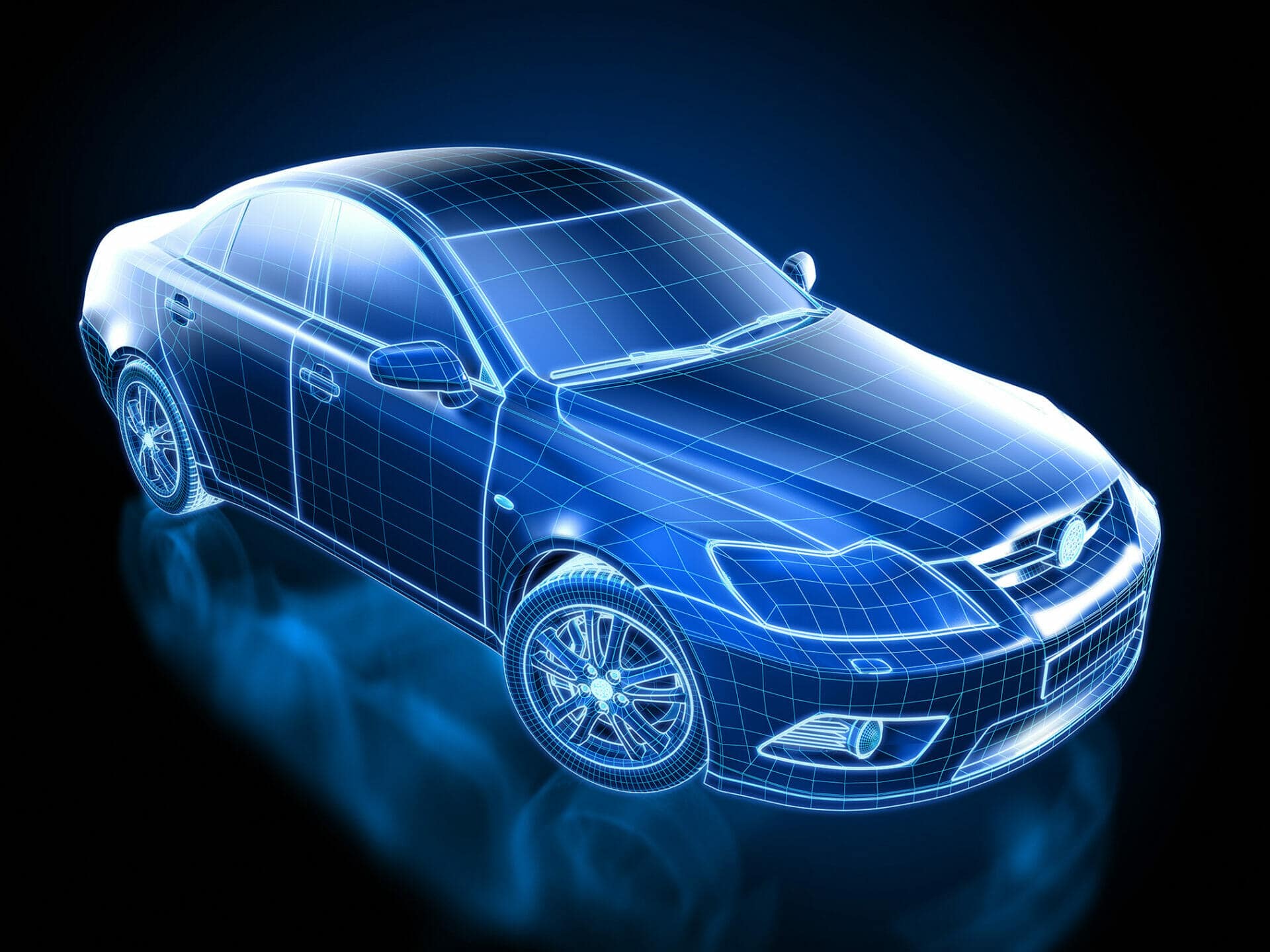
Precision Machining
We don’t just simply produce parts. Burke Porter’s precision machining experts will collaborate closely with your engineering team to deliver exactly what you need with optimal quality, speed, and affordability. We prioritize our customers’ goals through our unique design feasibility review, consistently reducing costs, while enhancing fit, form and function.
Learn More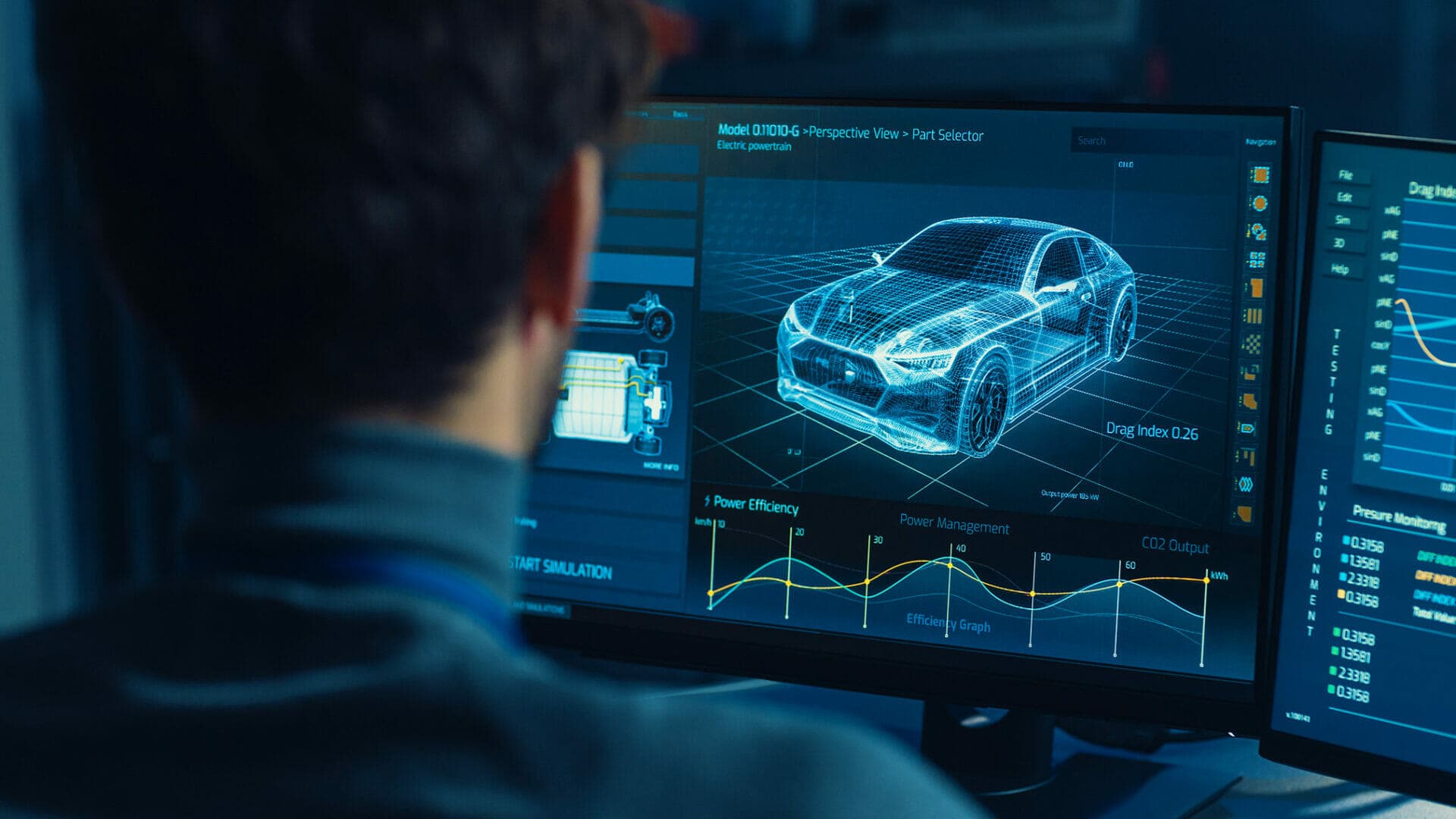
Propulsion
Burke Porter offers a comprehensive suite of propulsion services that redefine performance and innovation. From traditional internal combustion engines to cutting-edge electric and hybrid technologies, we can help you achieve better power transfer quality and reduce Noise Vibration and Harshness.
Learn More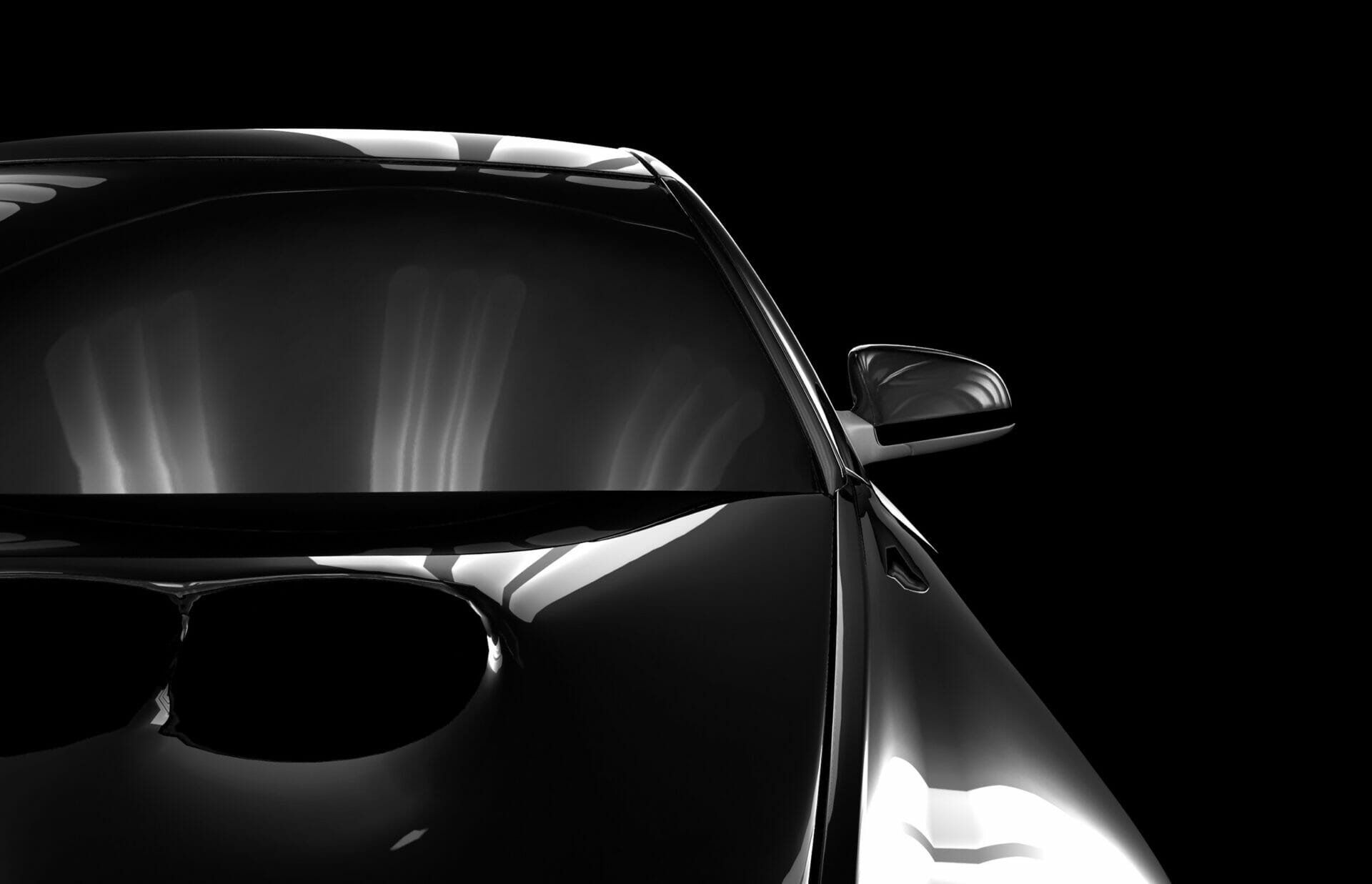
End of Line Systems
Since 1953, Burke Porter has been supplying custom equipment, service, and support for automotive end of line testing. Our solutions simulate real-world road conditions and provide precise, repeatable test results in a production environment – often performing hundreds of tests in a matter of minutes that represent the final validation before a vehicle leaves the facility.
Learn More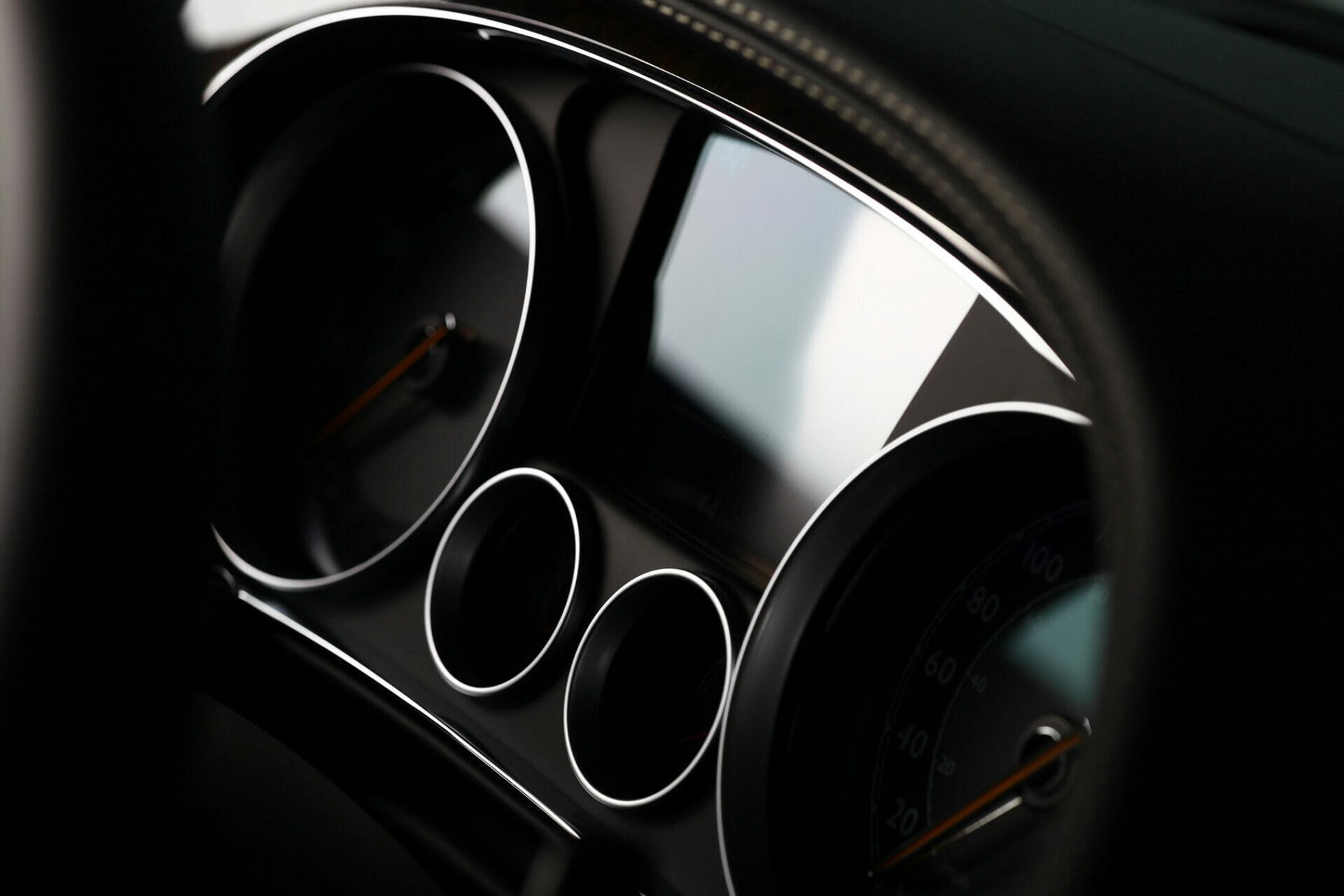
Aftermarket Calibration
Burke Porter’s revolutionary automated driver assistance systems (ADAS) aftermarket services deliver speed and precision unlike any other. With same-day turnaround, only our technologies and experts can ensure vehicles’ ADAS systems are quickly and accurately recalibrated using OEM factory methods.
Learn More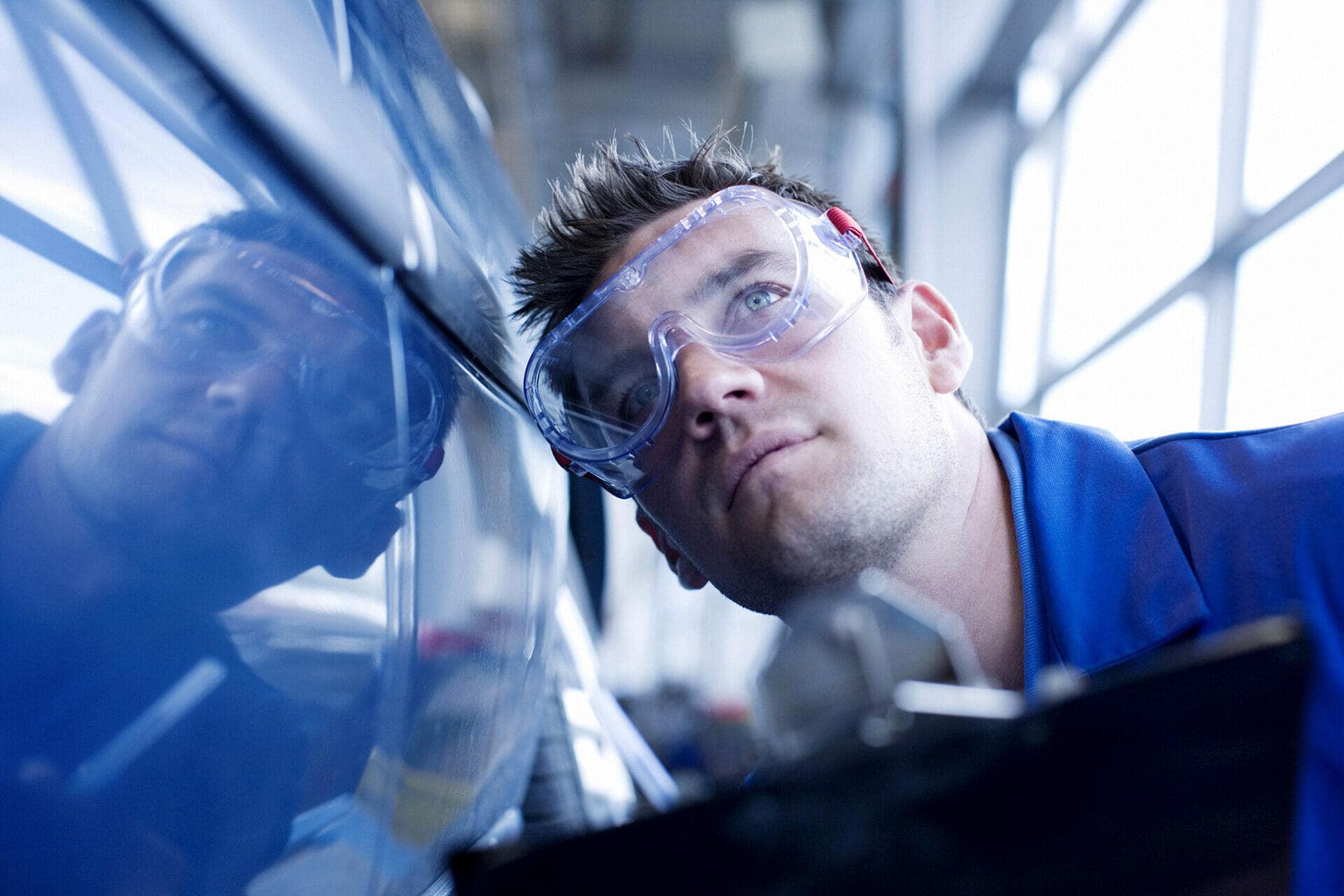
Service and Support
You can’t afford downtime, which is why Burke Porter’s service and support teams are up and running 24/7 across the globe. With a global network of experts, we ensure that you receive the responsive, comprehensive support needed to maximize the value and longevity of your investments.
Learn More







